Types of Glass used in Building Construction

You might have seen that big commercial buildings extensively use glass materials. Glass materials in buildings give aesthetics, increases privacy and helps in maintaining temperature of the building. Various glasses have different advantages and disadvantages. Some of the properties used while selecting glass are durability, strength, light transmission qualities and thermal insulation.
We will give you a brief overview of the various types of
glasses used in the building with their particular use so that you make a good
decision while choosing glasses for your residential or commercial building.

Tempered Glass
Tempered glass is four to five times stronger than standard glass owing to its unique thermal treatment process. It gives additional safety. Tempered glass is frequently utilized in construction because of its strength and safety. In case of accidental impact or breakage, the likelihood of injury is reduced. The tempered glass is actually resistant to breakage and therefore considered safe. The tempered glass, therefore, finds it scope in large windows and skylight. Also, tempered glass is excessively like both in offices and homes because of energy efficiency and noise reduction.
Float Glass
The type of glass that is most
widely and frequently utilized in contemporary construction is float glass. We
see most of the houses in Nepal have used the float glass. The manufacturing
occurs by laying the molten glass on the bed of molten metal, thereby making
the surface flat and consistent. Comparing to tempered glass, float glass is
light weight and thin too. It is an ideal glass for mirrors, doors and small
windows. Because of its manufacturing process, it gives good insulation and
better visibility than any other glasses. So, clients always prefer float glass
for new and economical construction. Float glass is popular because of its
durability and ease of construction.
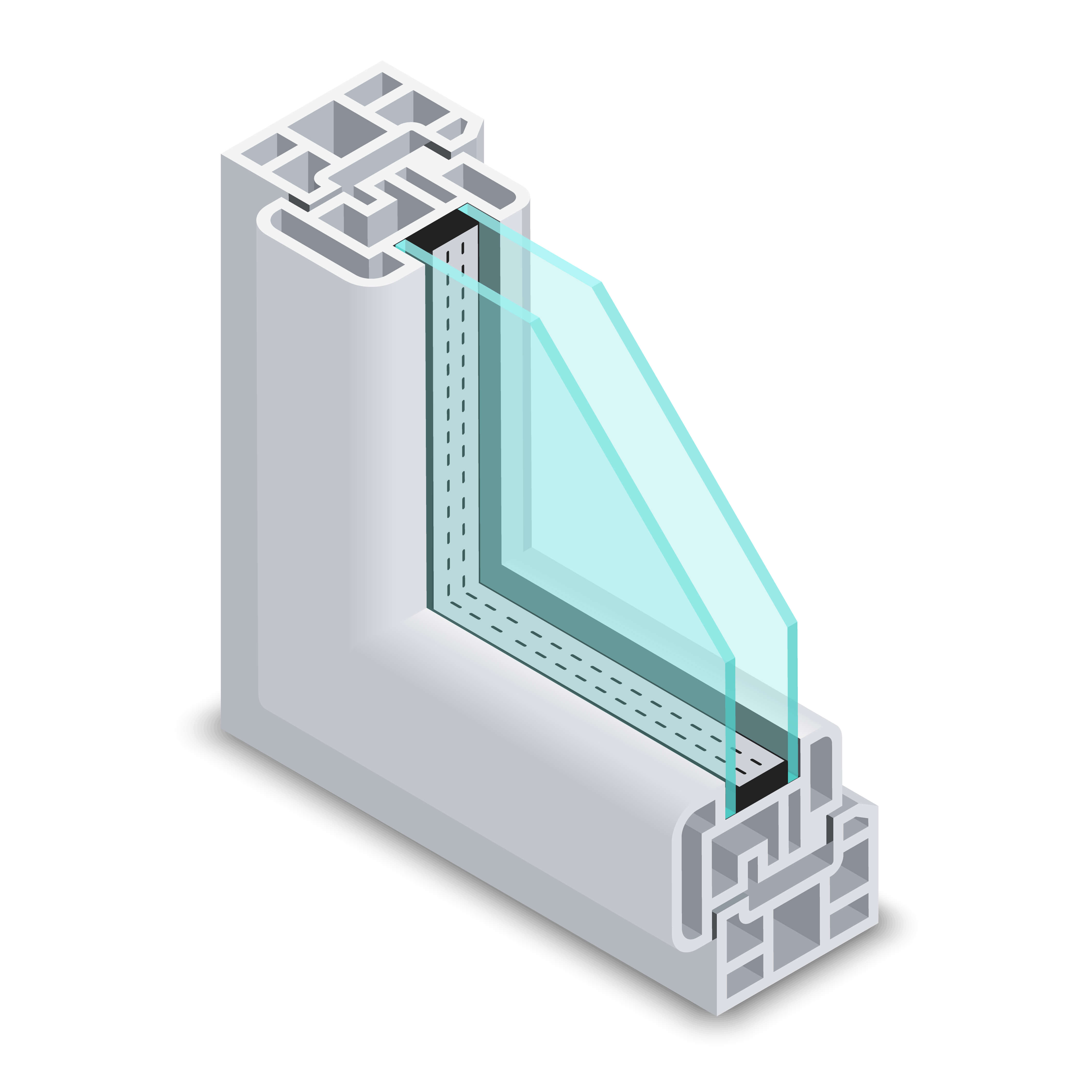
Insulated Glass
Insulated Glasses are popular option for construction
projects where energy efficiency is given the most preference. Insulated glass
consists of two glass panels with sealed space in between them. Gases like
argon and krypton gas is filled in between the panels so that the heated
transfer between the glasses is reduced. Also because of the space filled by
gas, the insulated glass will protect from the outside noise reduction, thereby
making this a popular choice for construction in big cities where noise
reduction also becomes a prime requirement.
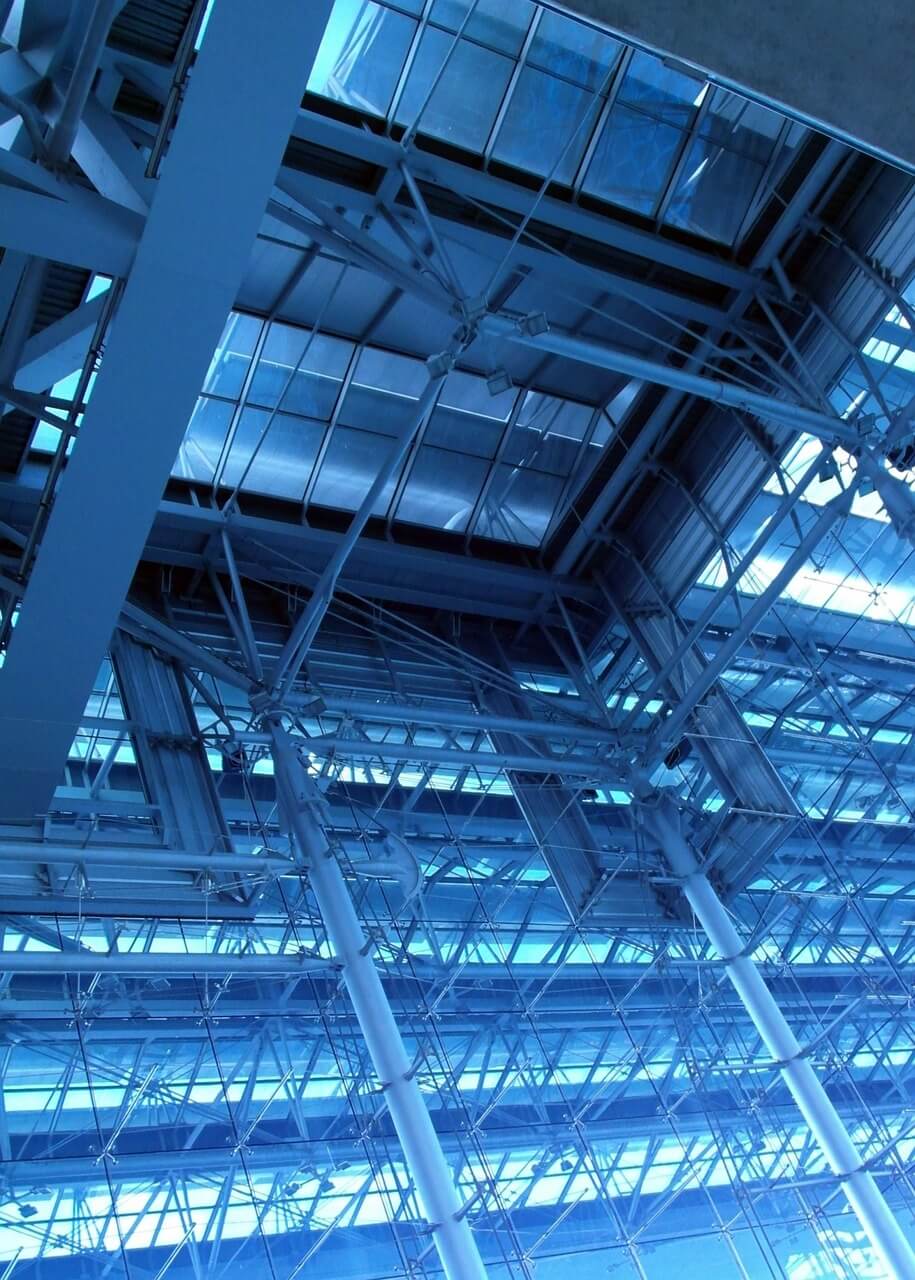
Tinted glass
Tinted glass is manufactured by adding metallic salts and
dyes. It is done so because tinted glasses are the glasses which function by
blocking excessive light from entering. Sometimes, a thin coating of suitable
paint or film is done in order to block more light. The light is blocked mainly
for two reason. One reason is purely aesthetics whereas another reason is to
create dark environment inside for various domestic and industrial tasks. The
UV protection is seen to increases, privacy is properly maintained and heat
loss is also taken care of. It also contributes positive to energy efficiency
in hot climate because it can maintain cooler temperature inside the building
or room it is kept in.
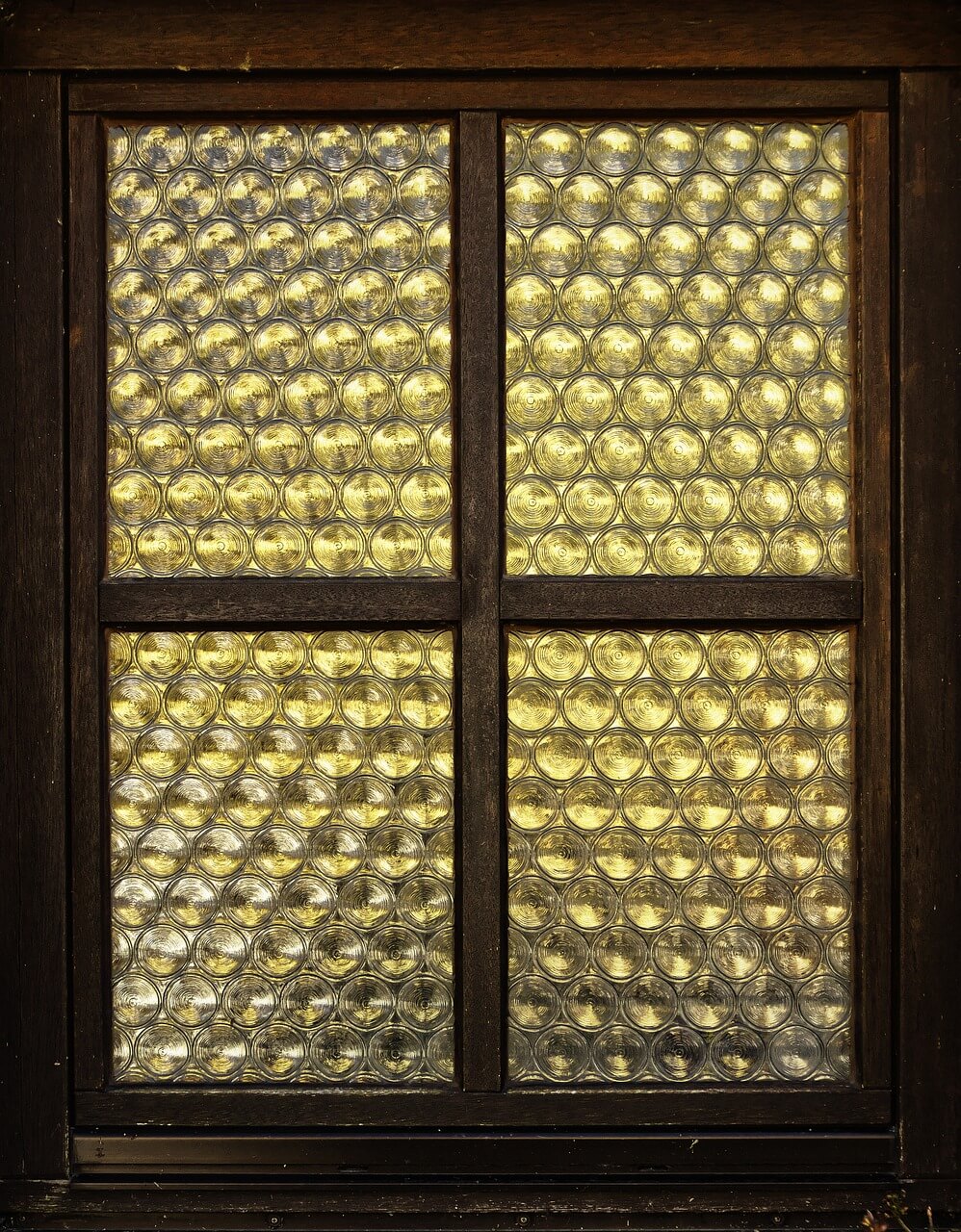
Laminated Glass
Laminated Glass, as its name suggests is made by fusing
together two or more layers of glass by suitable plastic or resin. Because of
many layers, it gives more strength and more safety. It is primarily used in
windows and skylights. This glass can also block Ultraviolet rays with high
precision and noise is reduced very efficiently. It breaks very seldom and is
very resistant to breakage in falls, contrary to single layered glasses.
Laminated glass is very often chosen for commercial and residential
construction because of all this.
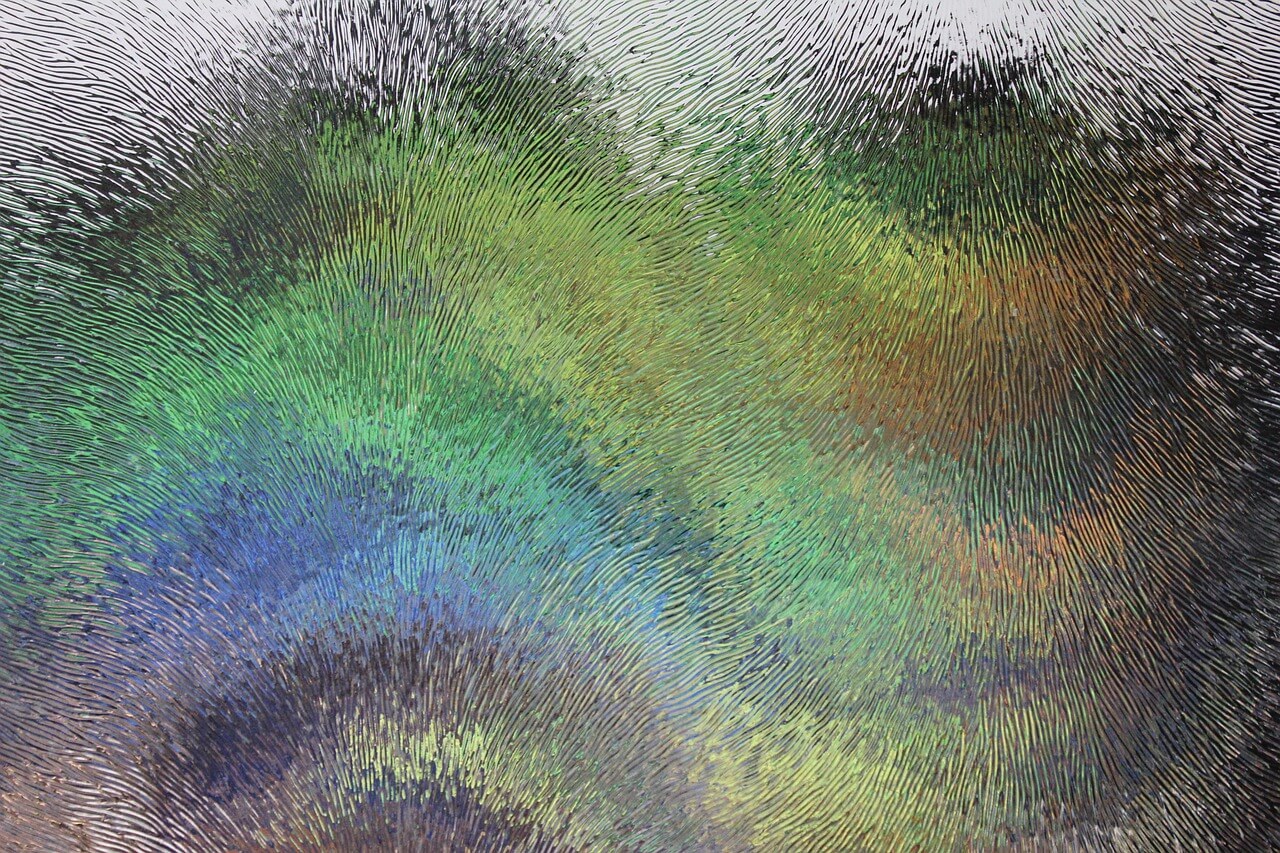
Patterned Glass
While picking the right kind of Glass for a development
project, designed Glass is simple and practical. Frosted or textured glass that
has been patterned for aesthetic purposes is known as "patterned
glass." It comes in a variety of sizes and shapes, allowing for endless
design options. Because it allows light to pass through while obscuring
visibility, Patterned Glass is particularly useful in areas where privacy is a
concern. It's also a great way to personalize a space and give it a unique
look. Patterned Glass can be a striking addition to any construction project
with the right design.
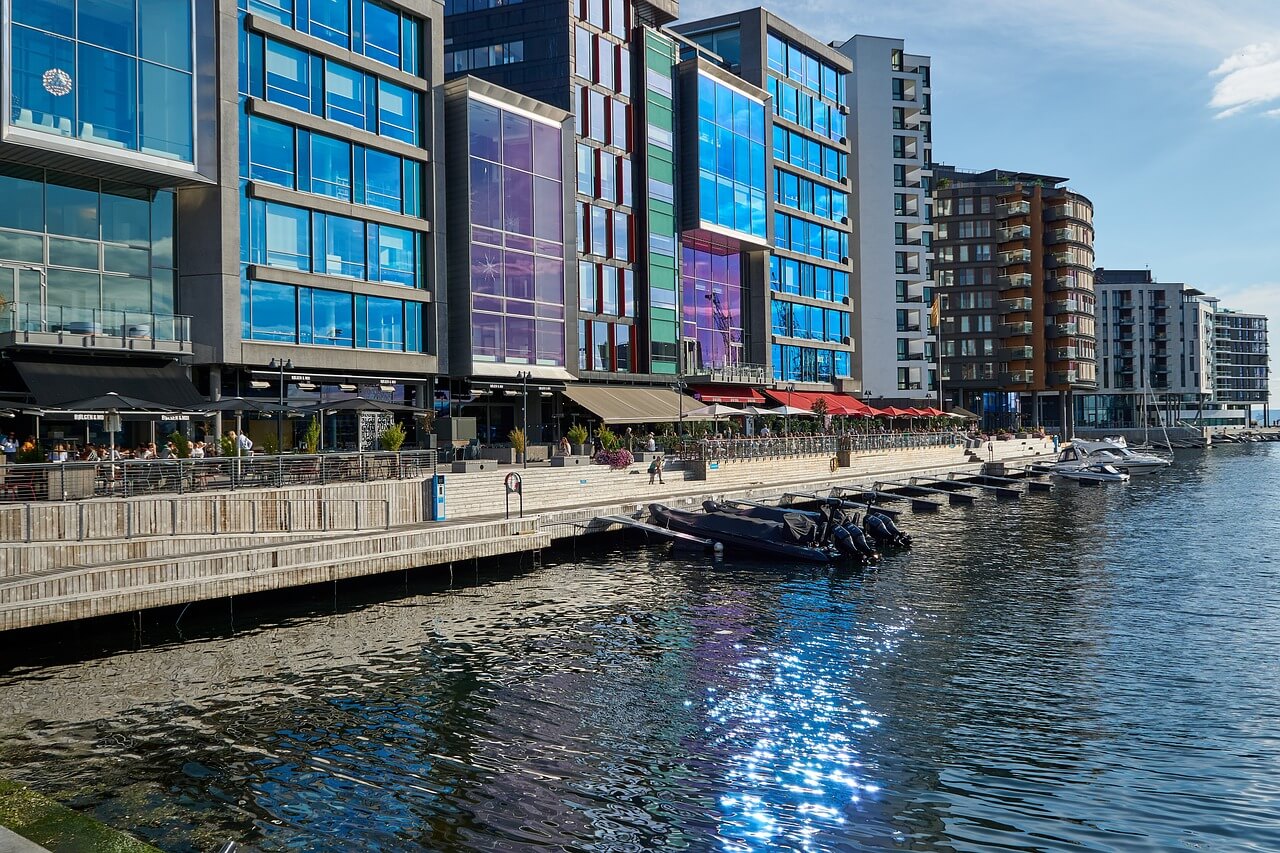
Reflective Glass
Glasses with reflective coating on their surface have various uses. Coatings like metal oxide are often used in some kinds of architectural reflective glasses for increasing energy efficiency. The reflective glass blocks the sun’s rays and allows natural light inside the building. This property of reflective glass makes it suitable for interiors in order to cut off energy needs by reflecting the UV and direct sun light. It also provides thermal insulation. People can feel its insulation even during cold months though it blocks sun’s direct light inside. It is often used to make facades because it gives glowing property.
Conclusion
In conclusion, glass is the essential construction material in an era when design and aesthetics have started to be considered as a great art. While using the glass materials, consideration should be made for specific uses before selecting glass material. Otherwise, the environment inside building will be horribly affected, energy utilization will increase and the life of the building would decrease.